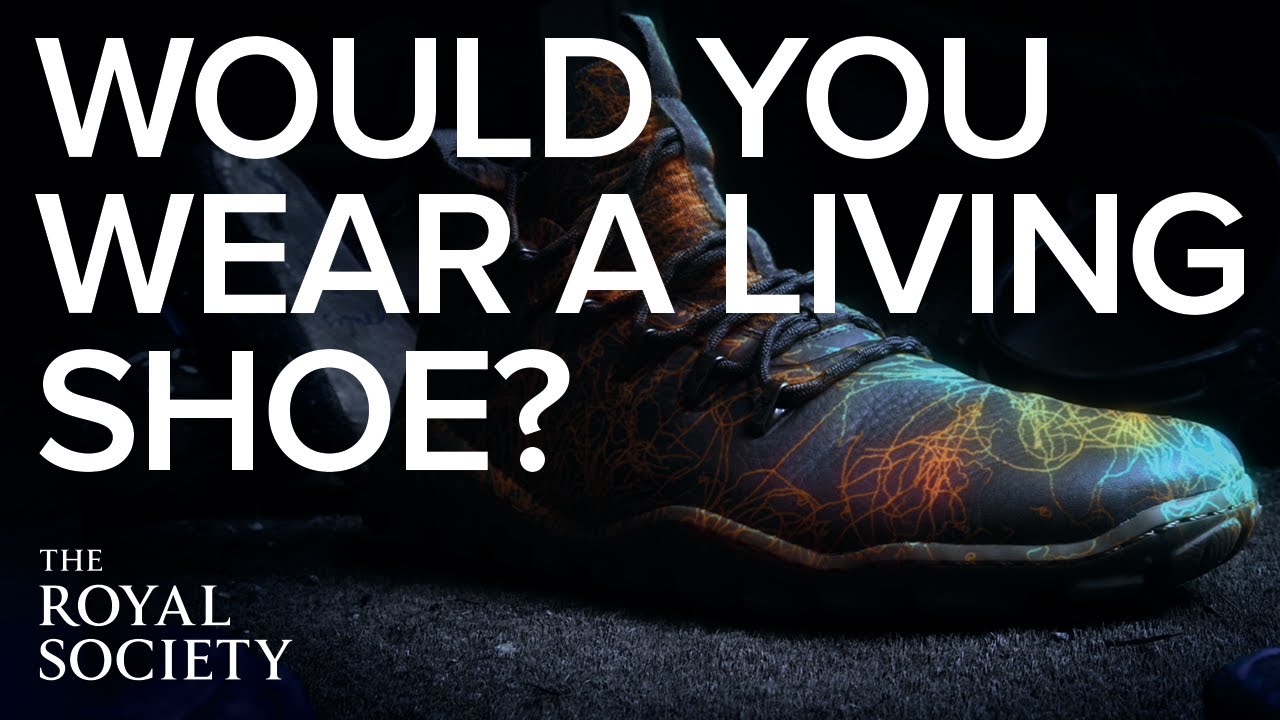Would you wear a living shoe? How Durham academics have used microbes to create living materials, granting structure and motility in biohybrid systems

Dr Margarita Staykova from the Centre for Materials Physics has teamed up with Durham University sociologist Professor Tiago Moreira to discover some of the science and ethics of using microbes to create materials.
Living materials are fabrics, paints and even building materials made with living cells. Would you wear a living shoe that you never had to throw away? Imagine a future where roads can self-heal, tiny robotic molecules can assemble themselves into household objects, and living buildings can harvest carbon dioxide to generate power and purified water. Would we be able to control how the cells evolved?  Or, would we have to form symbiotic relationships with living materials similar to the relationships we had with working animals in the past?
Or, would we have to form symbiotic relationships with living materials similar to the relationships we had with working animals in the past?
In an accompanying paper published in collaboration with the Royal Society and researchers from Edinburgh University, Margarita studied a prototype of biohybrid living materials, where bacteria Escherichia coli are enclosed inside lipid membrane bags, much like bacteria living inside plant or animal cells. The bacteria are able to grow and multiply in this artificial capsules. More surprisingly however, the bacteria extrude tubes from the membrane bag, which act like giant propellers pulling the capsules forward. This constitutes a new design principle for conferring structure and motility in biohybrid systems and demonstrates the universality of lipid membranes in facilitating mutualistic relations between different cells.


/prod01/prodbucket01/media/durham-university/departments-/physics/teaching-labs/VT2A9034-1998X733.jpeg)
